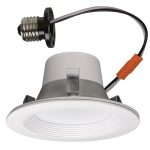Why Do LED Light Bulbs Flicker and How to Fix It: A Comprehensive Guide
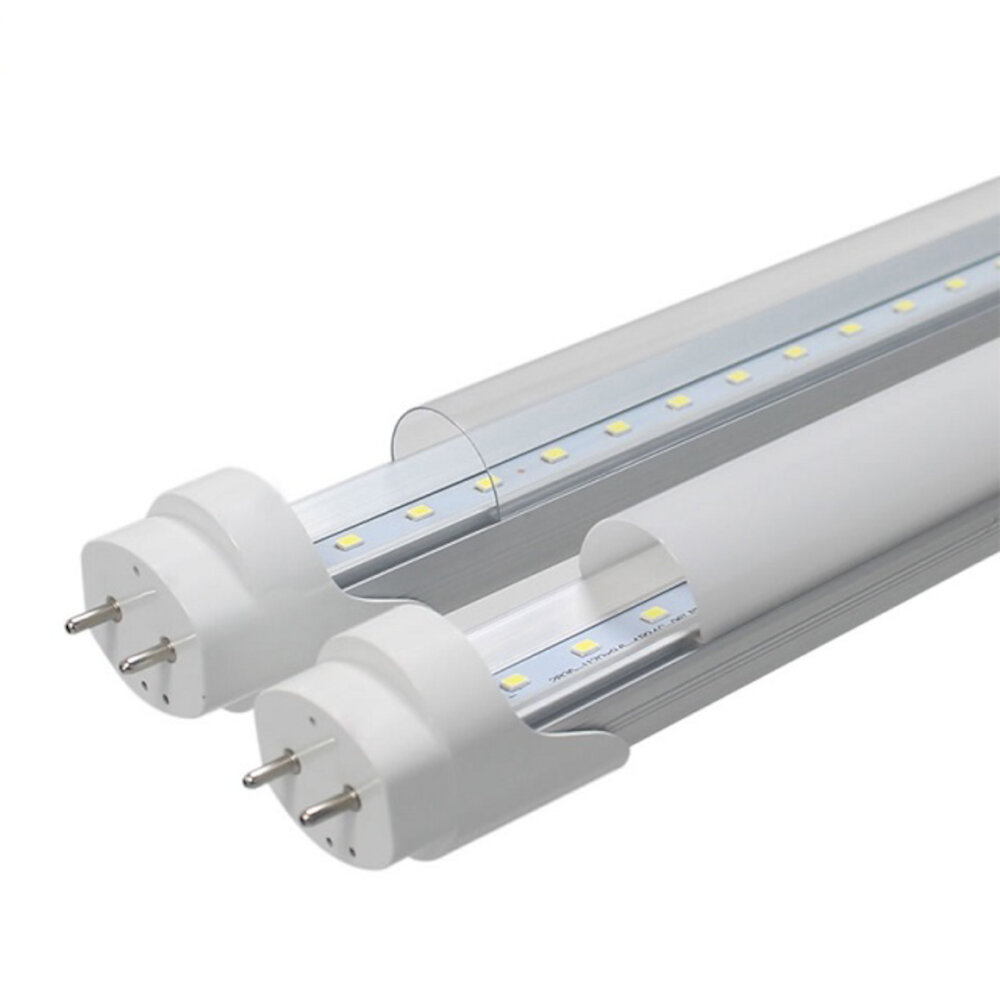
LED light bulbs are the latest trend in lighting technology. They are energy-efficient, long-lasting, and produce bright light that is perfect for any home or office. However, one of the most common problems that people face with LED light bulbs is flickering. This can be a frustrating experience as it can cause discomfort to the eyes and even trigger headaches. Fortunately, this issue can be resolved with a few simple steps. In this comprehensive guide, we will explore why LED light bulbs flicker and provide you with some practical solutions to fix it. LED light bulbs flicker due to a variety of reasons. One of the most common causes is voltage fluctuation. When the voltage supplied to the bulb is not consistent, the LED driver may struggle to maintain a steady current, resulting in flickering. Other factors that can cause flickering include a faulty LED driver, incompatible dimmer switches, and poor quality bulbs. In this guide, we will discuss each of these factors in detail and provide you with practical solutions to help you fix the flickering issue. So, whether you are a homeowner looking to improve the lighting in your home, or a business owner looking to upgrade your lighting system, this guide will provide you with all the information you need to fix your flickering LED light bulbs.
What Causes LED Light Bulbs to Flicker?
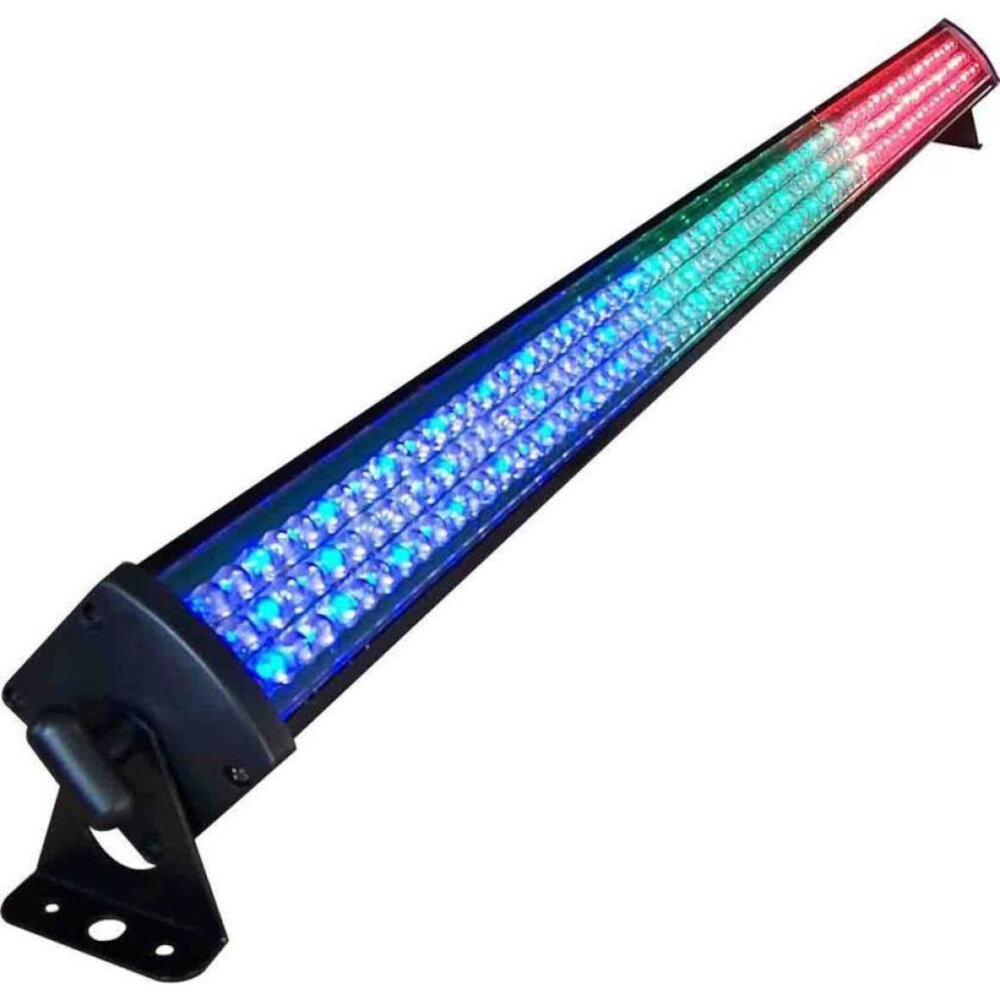
LED light bulbs have become increasingly popular due to their energy efficiency, longevity, and cost-effectiveness. However, one common issue that users encounter with LED bulbs is flickering. There are several factors that can cause LED light bulbs to flicker. One of the primary reasons is an incompatible dimmer switch. LED bulbs require a specific type of dimmer switch that is designed for use with LED bulbs. Using a dimmer switch that is not compatible with LED bulbs can cause the bulbs to flicker or not function properly. Another common cause of flickering LED bulbs is voltage fluctuation. LED bulbs require a stable and consistent voltage to operate smoothly. If the voltage fluctuates, it can cause the LED bulbs to flicker or turn off altogether. This can be caused by a variety of factors, such as electrical interference, faulty wiring, or a damaged transformer. In some cases, the voltage fluctuation may be caused by the power company, which can result in flickering lights throughout the entire home or building.
Electrical issues are a common cause of LED light bulbs flickering. One of the most common causes is voltage fluctuations or imbalances in the electrical system. This can be caused by a variety of factors, including outdated wiring, faulty connections, or overloaded circuits. In addition, the use of dimmer switches can also cause LED lights to flicker if the switch is not specifically designed for use with LED bulbs. To fix these issues, it is important to have a licensed electrician inspect the wiring and electrical system to identify any potential problems. Upgrading to newer, more energy-efficient wiring and ensuring that all connections are secure can help to eliminate flickering and provide a more consistent source of light.
Loose connections in electrical circuits can cause LED light bulbs to flicker, dim, or even fail entirely. This is because a loose connection can interrupt the flow of electricity, causing the bulb to receive an inconsistent or insufficient amount of power. Loose connections can occur at any point in the circuit, including the socket, the wiring, or the bulb itself. To fix loose connections, it is important to first identify where the problem is occurring. This can be done by carefully inspecting all components of the circuit, tightening any loose connections, and replacing any damaged or worn-out parts. By taking these steps, you can ensure that your LED light bulbs remain reliable and consistent in their performance.
LED driver compatibility is an essential factor in ensuring the proper functioning of LED light bulbs. The driver regulates the amount of power that flows through the bulb, and if it’s not compatible, it can cause flickering, buzzing, or even damage to the bulb. There are two types of LED drivers: constant current and constant voltage. It’s important to match the driver type and output voltage with the bulb’s requirements to prevent flickering. Additionally, using dimmer switches with incompatible drivers can also cause flickering. To ensure compatibility, it’s best to purchase bulbs and drivers from the same manufacturer or consult with a professional electrician.
Old wiring can cause LED light bulbs to flicker due to its inadequate capacity to handle the low voltage requirements of LED bulbs. Wiring that is outdated or worn out can lead to voltage drops and fluctuations that affect the performance of LED bulbs. This is because LED bulbs require a stable and consistent voltage supply to function properly. Old wiring is often associated with electrical hazards, such as electrical shorts, overloading, and fires. Hence, it is crucial to ensure that the wiring in your home or office is up-to-date and in good condition to avoid flickering issues and other safety hazards.
How to Fix LED Light Bulb Flickering
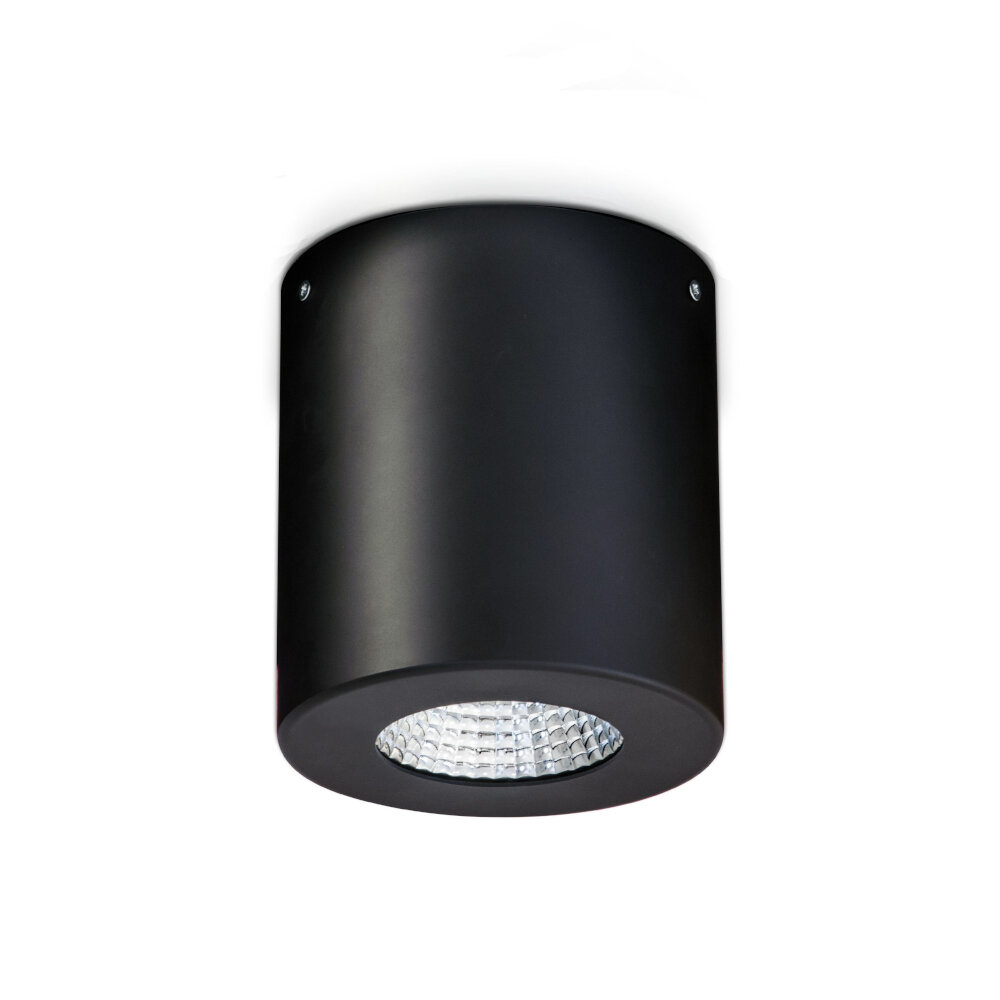
LED light bulbs have become increasingly popular due to their energy efficiency and long lifespan. However, flickering is a common issue that can occur with LED light bulbs. Flickering can be caused by a variety of factors, such as voltage fluctuations, incompatible dimmer switches, or a faulty bulb. Fortunately, there are several steps you can take to fix LED light bulb flickering. One of the first things to check when experiencing flickering LED light bulbs is the voltage levels in your home. Fluctuations in voltage can cause flickering, so it’s important to ensure that your home’s voltage levels are stable. You can use a voltage meter to measure the voltage levels in your home. If you find that the voltage levels are fluctuating, you may need to contact an electrician to install a voltage stabilizer. Another solution is to switch to LED bulbs that are designed to operate on a wider range of voltages. Another factor that can cause flickering is an incompatible dimmer switch. Not all LED bulbs are compatible with all dimmer switches, so it’s important to check the compatibility before purchasing bulbs. If you already have LED bulbs and a dimmer switch that are incompatible, you can replace the switch with one that is compatible with your bulbs. Alternatively, you can replace your bulbs with ones that are compatible with your current dimmer switch. It’s important to note that some LED bulbs are not dimmable, so it’s important to check the packaging before purchasing.
One of the most common reasons for LED light bulbs to flicker is loose connections. Over time, the connections between the bulb and the fixture can become loose due to vibrations, temperature changes, or simply wear and tear. When this happens, the electrical current may not flow smoothly, causing the bulb to flicker or even turn off. To fix this issue, it is important to tighten any loose connections. This can be done by first turning off the power to the fixture and then gently tightening the bulb in place. If the connections between the fixture and the electrical wires are loose, these should also be tightened or replaced if necessary. Taking the time to tighten loose connections can help ensure that your LED light bulbs operate smoothly and without flickering.
If you’re experiencing LED light bulb flickering, it might be time to replace old wiring in your home. Outdated wiring can cause a variety of electrical problems, including flickering lights. Over time, wires can become frayed or damaged, leading to an unstable electrical current. This unstable current can cause LED bulbs to flicker or dim, and can even be a fire hazard. Replacing old wiring with new, updated wiring can help ensure that your electrical system is functioning properly and that your LED bulbs are shining brightly and consistently. It’s always best to consult with a licensed electrician to determine the best course of action for your specific situation.
High-quality LED drivers are an essential component of modern LED lighting systems. They are responsible for regulating the flow of electrical current to the LED bulbs, ensuring that they receive the appropriate voltage and current to operate reliably and efficiently. Without a high-quality LED driver, LED light bulbs are prone to flicker, dim or fail altogether. A good LED driver will provide stable and consistent power to the LED bulb, preventing voltage spikes and fluctuations that can cause flickering. Additionally, high-quality drivers are designed to last longer and are more energy-efficient, reducing the likelihood of flickering due to wear and tear. Investing in high-quality LED drivers is a smart choice for anyone looking to ensure reliable and consistent LED lighting performance while avoiding the frustration and annoyance of flickering lights.
If you’re experiencing flickering with your LED light bulbs, one solution is to switch to dimmer-ready LED bulbs. These bulbs are specially designed to work with dimmer switches, which can help regulate the amount of electricity flowing to the bulb and prevent flickering. Additionally, dimmer switches can help you adjust the brightness of your lights, allowing you to create the perfect ambiance for any occasion. When selecting dimmer-ready LED bulbs, be sure to choose bulbs that are compatible with your existing dimmer switch and follow the manufacturer’s recommendations for installation and use.
One common reason for LED light bulbs to flicker is voltage fluctuations in the electrical system. To address this issue, it is recommended to use a voltage stabilizer or regulator. These devices help regulate the voltage and prevent it from surging or dropping, which can cause flickering in LED bulbs. Voltage stabilizers and regulators are available in different types and sizes, so it’s important to choose the right one that matches your electrical system’s requirements. By using a voltage stabilizer or regulator, you can ensure a stable and consistent voltage supply to your LED light bulbs, which can help eliminate flickering and prolong their lifespan.
If you’re experiencing flickering LED light bulbs, it’s important to consult with an electrician. They can investigate the electrical wiring in your home to determine if there’s an underlying issue that’s causing the flickering. An electrician can also check the compatibility between your LED bulbs and the dimmer switch or lighting fixture. They may suggest upgrading to a newer dimmer switch or installing a new lighting fixture that’s more compatible with LED bulbs. Additionally, an electrician can ensure that your wiring is up to code and safe for use with LED bulbs. Don’t hesitate to reach out to an electrician for assistance in fixing your flickering LED light bulbs.
Preventing LED Light Bulb Flickering
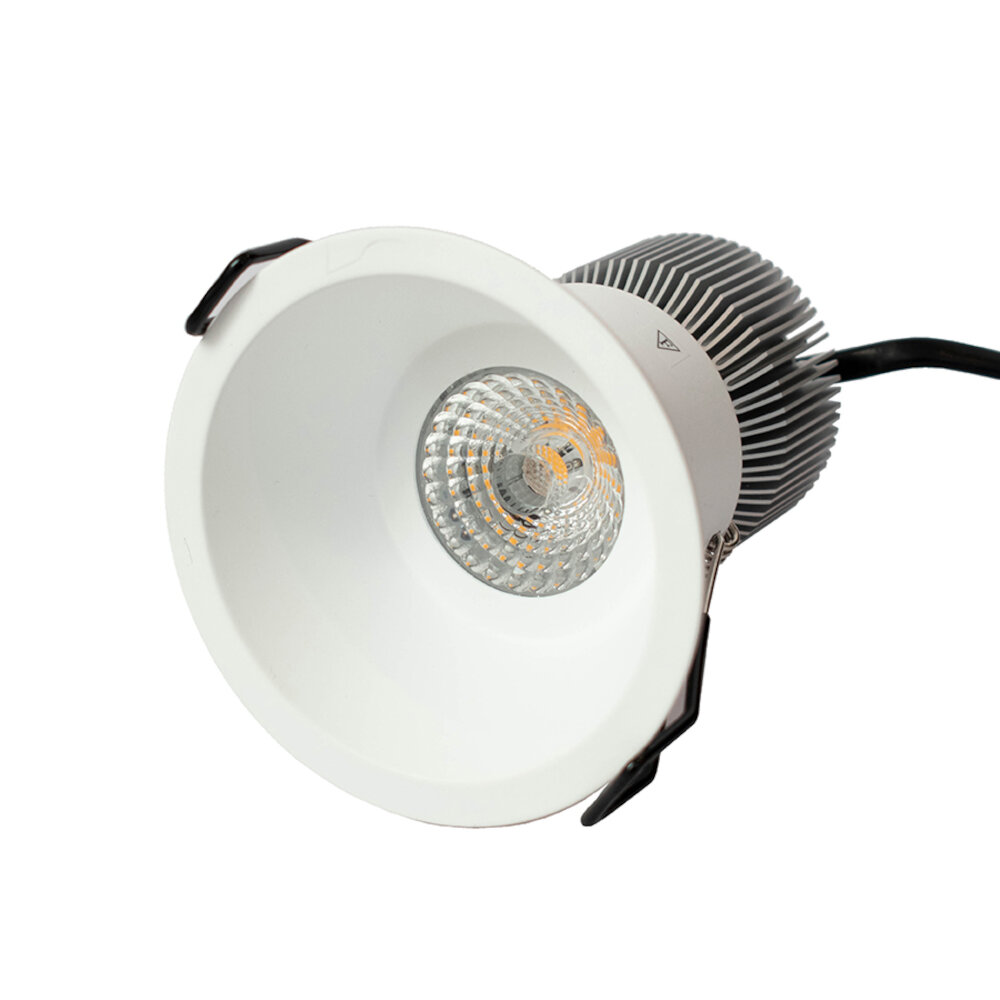
LED light bulb flickering can be an annoying and distracting problem, but fortunately, there are several ways to prevent it. One of the most common causes of flickering is voltage fluctuations in the electrical system. To fix this, you can install a voltage stabilizer or voltage regulator, which will ensure that the voltage remains constant and within the appropriate range. Another option is to replace the existing electrical wiring with thicker or more high-quality wires, which can help to reduce voltage drops and fluctuations. Additionally, you can install a power conditioner or surge protector to protect your LED light bulbs from voltage spikes and surges. Another common cause of flickering in LED light bulbs is the use of incompatible dimmer switches. Not all dimmer switches are compatible with LED bulbs, and using the wrong one can cause flickering or other issues. To prevent this, you should look for dimmer switches that are specifically designed for use with LED bulbs, which will provide a smooth, consistent dimming experience without any flickering. Additionally, you should ensure that the dimmer switch is properly installed and wired, as any loose connections or improper wiring can also cause flickering. By taking these steps, you can prevent LED light bulb flickering and enjoy a consistent, reliable lighting experience in your home or office.
Investing in high-quality LED bulbs is crucial to avoid flickering issues. These bulbs are built with better components and materials, ensuring stable and consistent performance. They also provide better color rendering, brightness, and energy efficiency. High-quality LED bulbs may be slightly more expensive than their cheaper counterparts, but they will save you money in the long run by lasting longer and reducing your energy bills. Don’t compromise on the quality of your LED bulbs to save a few bucks, as you may end up paying for it with flickering issues and other problems. Choose reliable brands and check the product specifications before making a purchase to ensure you’re getting the best quality LED bulbs for your needs.
One of the reasons for LED light bulbs flickering is compatibility issues with the LED driver. LED drivers are responsible for regulating the power supply to the bulb, and when there is a mismatch between the driver and the bulb, it can lead to flickering. To check for compatibility, it is important to ensure that the driver’s output voltage and current match the requirements of the LED bulb. Additionally, the dimmer switch used should also be compatible with both the driver and the bulb. Checking for compatibility can prevent flickering and ensure the smooth operation of LED bulbs, providing long-lasting and energy-efficient lighting solutions for your home or office.
Upgrading your electrical system can be a great way to prevent LED light bulbs from flickering. This is especially important if you have an older home with outdated wiring. When you upgrade your electrical system, you can ensure that your home is properly grounded and that there is enough power to support all of your electrical devices. Additionally, you can install surge protectors to prevent voltage spikes from damaging your electronics. By taking these steps, you can reduce the likelihood of LED light bulbs flickering and ensure that your home is safe and efficient.
LED light bulbs are a popular lighting choice due to their energy efficiency and long lifespan. However, flickering can be a common issue that can cause frustration and discomfort. The good news is that with the right knowledge and understanding, this problem can be easily fixed. By identifying the root causes of flickering, such as incompatible dimmer switches or loose connections, and following the necessary steps, such as replacing the dimmer switch or tightening the connections, you can prevent the problem from reoccurring in the future. This comprehensive guide provides useful information and practical solutions to help you enjoy the benefits of LED lighting without any frustrating flickering.
Conclusion
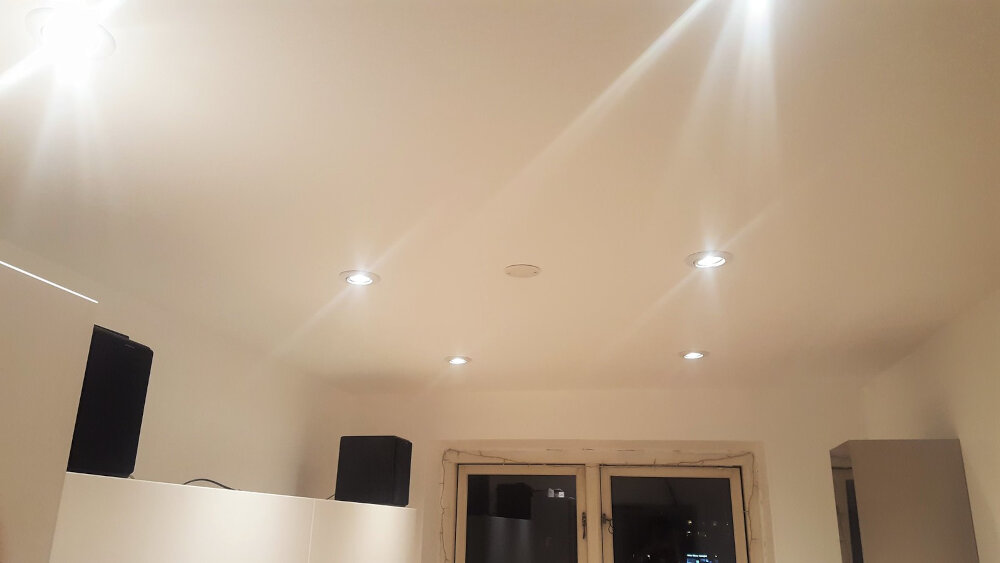
In conclusion, LED light bulbs flicker due to a variety of reasons such as voltage fluctuations, incompatible dimmer switches, and poor connections. It can be frustrating and even harmful to our health, but thankfully there are several solutions to fix it. These include replacing the dimmer switch with a compatible one, upgrading the wiring, and choosing high-quality LED bulbs. With these solutions, you can enjoy a steady and reliable source of light that not only enhances your living space but also promotes your well-being. It’s important to understand the root causes of LED flicker and take necessary steps to fix it, for a brighter and healthier life.

